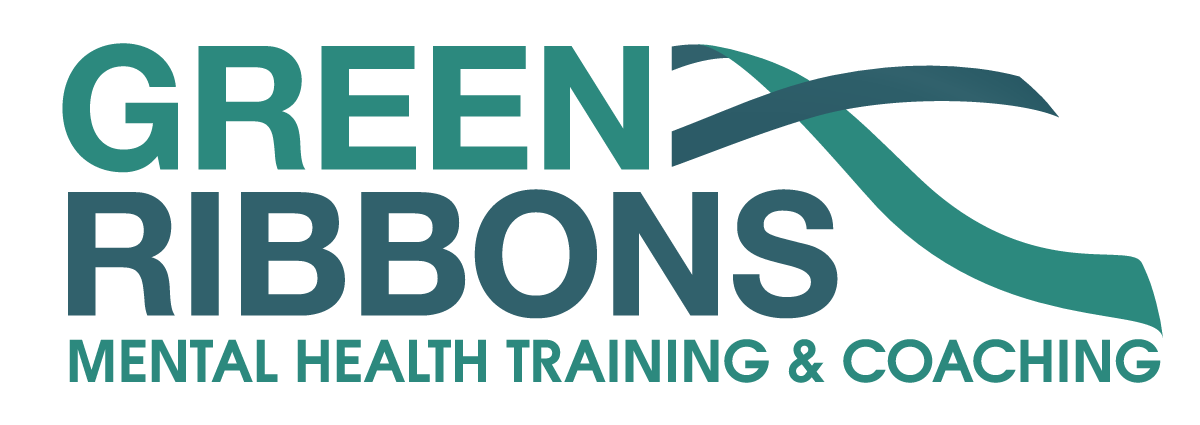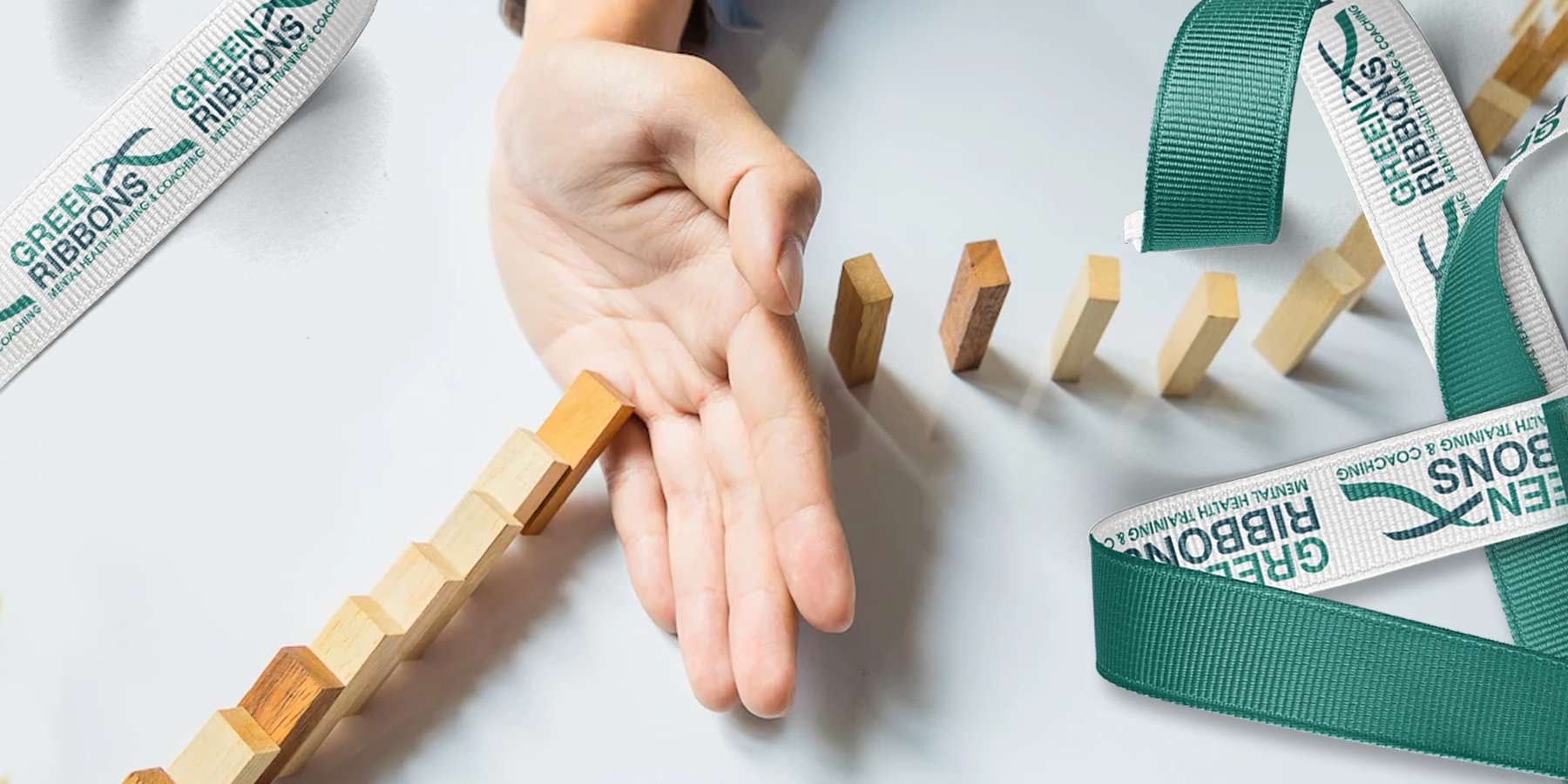Introduction
If I were to tell you that over 40% of individuals in a recent study credited peer-support groups as a pivotal part of their mental health recovery, you might be surprised. Some of you may ask, “What’s so special about a group of people sitting in a circle and talking?” I get it – it seems so simple, and yet, the power of peer-support groups in mental health recovery is undeniable.
Think of it like this: imagine a cluster of dominoes precariously balanced, each representing a person carrying their own unique struggles. A single nudge, and they all might topple over, exacerbating the feelings of loneliness and despair. But what if there’s someone to rearrange these dominoes, setting them up so that instead of causing a chaotic tumble, each piece helps uplift the next? That’s the role of a facilitator.
Facilitation is like the yeast in a dough, often overlooked but vital for the dough to rise. It breathes life into peer-support groups, ensuring they aren’t just places for commiseration, but spaces of growth, empowerment, and recovery. Without effective facilitation, peer-support groups may fail to provide the safe, supportive, and empowering environment necessary for mental health recovery.
In the heart of Moray, Scotland, we’re starting to acknowledge the instrumental role of facilitation. We’re beginning to see the transformative power it has on individuals and groups alike, changing lives one group session at a time.
Demystifying Peer-Support Groups
In our little corner of the world we’ve got our fair share of myths and misconceptions about peer-support groups. They range from amusing to outlandish, but they all serve to obscure the true essence and purpose of these groups.
Contrary to popular belief, peer-support groups aren’t just about getting together and sharing sob stories. They aren’t about wallowing in misery, nor are they a magic cure-all for mental health issues. Instead, they represent a shared journey of recovery, resilience, and mutual support.
Hollywood has a way of painting everything in extremes. It likes its drama, and this is no different when it comes to depicting peer-support groups. The gloomy rooms, the circle of somber faces, the sensationalistic portrayal of mental health issues – all of these elements distort our understanding of what peer-support groups truly are.
In reality, these groups are vibrant communities, each person bringing a unique perspective and experience to the table. The conversations that unfold within these groups are much more than just shared pain; they’re about shared resilience, shared triumphs, and most importantly, shared hope.
One of the most insidious misconceptions is the idea that these groups foster a sense of dependency, that they keep individuals stuck in their struggles rather than helping them move forward. But with effective facilitation, the reality is quite the opposite. Facilitators ensure that the space doesn’t become an echo chamber of negativity. They guide conversations towards constructive coping strategies, empowering individuals to take charge of their own mental health.
At the heart of peer-support groups lies the simple yet powerful act of connection. They’re about understanding and being understood, about finding strength in vulnerability, and realising that we are not alone in our battles.
Facilitation: The Unsung Hero of Peer-Support Groups
We’ve all seen a skilled conductor guide an orchestra through a symphony, deftly directing the flow of music, managing the individual talents of the musicians, and bringing out a harmony that leaves the audience spellbound. Picture this conductor and their maestro’s baton, and then translate that image into the setting of a mental health peer-support group. That person, at the centre yet on the periphery, the conductor of emotions and interactions, is the facilitator.
If peer-support groups are the powerful vessels navigating the tumultuous seas of mental health recovery, facilitators are the unsung heroes at the helm. They don’t command the spotlight, nor do they seek it. Instead, they focus on lighting the way for others, ensuring a safe and smooth journey for all on board.
The role of a facilitator is a delicate balancing act. They need to maintain a certain degree of detachment to effectively guide the group, yet their role demands deep empathy and understanding. They need to listen more than they talk, yet when they speak, their words should encourage, challenge, and comfort as needed. It’s like a subtle dance, and the best facilitators are those who master this intricate choreography of human interaction.
Facilitators ensure that peer-support groups are more than just talking shops for airing problems. They guide conversations, provoke introspection, and drive towards constructive discussions on managing mental health. Theirs is the voice that redirects the narrative from despair to hope, from isolation to solidarity, from silence to sharing.
Yet, the crucial role of facilitators often goes unnoticed and unappreciated. Why? Because a truly great facilitator is an invisible catalyst. Their work is most evident in the growth and recovery of the group members, in the empowering dynamic of the group, in the conversations that inspire hope and resilience.
Unpacking the Power of Facilitation
Just as a conductor’s baton directs the notes that create a symphony, a facilitator’s skill and intuition guide the conversations that empower individuals within a peer-support group. The baton may be invisible to the audience, but its impact is evident in the harmony that unfolds. Similarly, a facilitator’s power may not be overtly visible but its influence on a group’s dynamics and individual recovery journeys is undeniable.
Facilitators create a sanctuary within the group where individuals feel safe to express their innermost fears and feelings without fear of judgement or rejection. This sense of safety is more than just a comfort; it’s a crucial stepping stone on the path to recovery. As trust grows within this sanctuary, individuals find the courage to unveil their struggles, allowing healing conversations to begin.
Yet, facilitation goes beyond merely creating a safe space. Facilitators recognise and respect the individuality of each group member. They ensure that everyone, regardless of their personality or communication style, has an opportunity to speak and to be heard. They manage the group dynamics so that no single voice dominates and no voice is left unheard. In this way, facilitation empowers individuals, granting them an active role in their recovery journey and building their self-confidence.
In addition to fostering individual empowerment, facilitation also cultivates a sense of community within the group. A good facilitator guides the group towards collective empathy, nurturing an environment where each member supports and learns from others. Through this, individuals realise they aren’t alone in their struggles, breaking down the walls of isolation that mental health issues often build.
Facilitation also instills hope. By steering conversations towards coping strategies, sharing success stories, and celebrating individual progress, facilitators reinforce the belief in recovery. This beacon of hope can be a powerful motivator, encouraging individuals to persevere even during the toughest parts of their journey.
In essence, the facilitator’s role is akin to turning a lantern’s flame up, not to make the lantern shine brighter, but to spread the light further, touching each person in the group. The power of facilitation thus lies in its ability to illuminate the path to recovery, empowering individuals and fostering a supportive community within the peer-support group here in Moray.
Navigating the Turbulent Waters: Challenges and Solutions in Facilitation
Facilitating a mental health peer-support group isn’t always smooth sailing. There can be storms to weather and waves to ride. Yet, as the facilitator’s hand steadies the helm, the group navigates through these turbulent waters, emerging stronger and more unified.
I recall facilitating a group in Moray, where Tom (not their real name!), a quiet member, struggled to share his experiences. He often retreated into silence, drowned out by more assertive voices. His withdrawn demeanour, however, was not an indication of his lack of need to express but rather a reflection of his fear of judgement. As a facilitator, the challenge lay in creating an environment where Tom felt heard and valued.
By gently encouraging Tom, acknowledging his contributions, and ensuring the group dynamics allowed for his participation, I was able to draw him out of his shell. With time, Tom began to express himself more freely, his journey to recovery gaining momentum. It was a powerful testament to how effective facilitation could coax even the quietest voice to speak up, promoting equality within the group.
In another instance, a group grappled with negativity. The sessions were often filled with despair and desolation, the air heavy with distress. As a facilitator, my task was to pivot the group towards hope without dismissing their feelings. I initiated conversations around coping strategies, integrated success stories, and celebrated every small progress made by members. Soon, the tone of the sessions started changing, hope slowly replacing despair.
These experiences serve as a reminder that each group presents unique challenges. But, as a facilitator, employing empathy, patience, and adaptability can turn these challenges into opportunities for growth. In the end, we navigate not only the stormy seas but also the calm waters, guiding the ship towards the beacon of recovery, resilience, and mutual support. And that, my friends in Moray, is the undeniable power of effective facilitation.
The Facilitator's Toolkit: Strategies for Effective Facilitation
Just as a carpenter relies on their toolbox, full of different tools for various tasks, a facilitator too has their own toolkit. It’s filled not with hammers and screwdrivers, but with strategies and techniques that are essential in crafting a supportive and empowering group environment.
One of the key tools in the facilitator’s toolkit is the art of active listening. It’s not about merely hearing what’s being said; it’s about understanding, empathising, and responding in a way that validates the individual’s experiences. A nod, an encouraging “I see”, or a thoughtful paraphrasing can all underline that the speaker is truly heard and their feelings matter.
Another essential tool is the ability to manage group dynamics. Facilitators are like skilled conductors, harmonising the diverse range of voices within the group. This involves ensuring that everyone gets their chance to speak, that no single voice dominates, and that the quietest among us are given the space they need to express themselves.
Yet another crucial tool is the power of positivity. A facilitator infuses hope into the group, often through the sharing of success stories, celebrating small victories, and maintaining a solution-focused dialogue. This doesn’t mean shying away from negative emotions, but rather providing a balance, a reminder that while the path of recovery has its lows, it also has its highs.
This toolkit, while seemingly straightforward, is the facilitator’s guiding compass in the journey of peer-support groups, shaping each session into a nurturing cocoon of empathy, understanding, and growth.
Conclusion: The Ripple Effect of Facilitation
Returning to our initial image of the yeast in the dough, a facilitator’s impact doesn’t just stop at individual growth or the dynamics of a single group. The effects of facilitation, just like those tiny yeast cells, have a way of permeating beyond the confines of the peer-support group, creating a ripple effect in the larger community.
Individuals, once shackled by their mental health challenges, are empowered to become advocates, educators, and supportive figures for others experiencing similar struggles. As these individuals carry their lessons learned from peer-support groups into their everyday lives, they challenge stigmas, foster open conversations, and contribute to creating a mentally healthier society.
Indeed, effective facilitation in mental health peer-support groups, much like the yeast, may be a small component in the grand scheme of things, but its potential to instigate expansive, positive change is monumental. Truly, from small beginnings come great things.











